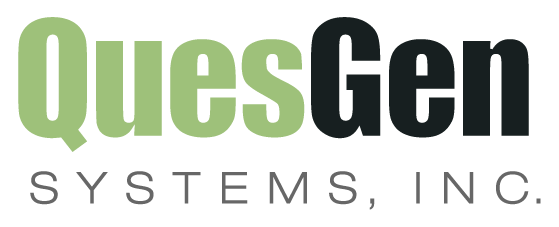Electronic Data Capture (EDC)
QuesGen’s EDC makes research easy
Accelerate your research with the QuesGen EDC platform. Once funded, most studies need to be set up quickly and enrolling participants becomes a priority. With QuesGen’s fast study building capabilities, studies can be set up and begin screening participants within just a few days.
With the QuesGen platform, your study will have established standards and processes. This will help to maximize the use (and re-use) of the your data collection efforts, creating standard practices and forms as well as applying common project management principles.
Start enrolling study participants within days
Supports complex data structures with our relational database
Cloud-based software
High-quality and reliable data collection
Simple study logic including rules like edit checks and skip logic
Clinical Data Management
What People Are Saying
Margaret Mahan
Neurosurgery Scientist, Hennepin County Medical
The QuesGen database platform has been integral to allowing us to quickly and easily access data on our cohort of patients. Our goal in establishing the database was to better understand our patient population and to be able to have the ability for comparative analyses with like institutions. The ease of the platform and the support provided were added elements that have proven essential to its utility.
Odette Harris
MD, MPH Stanford
